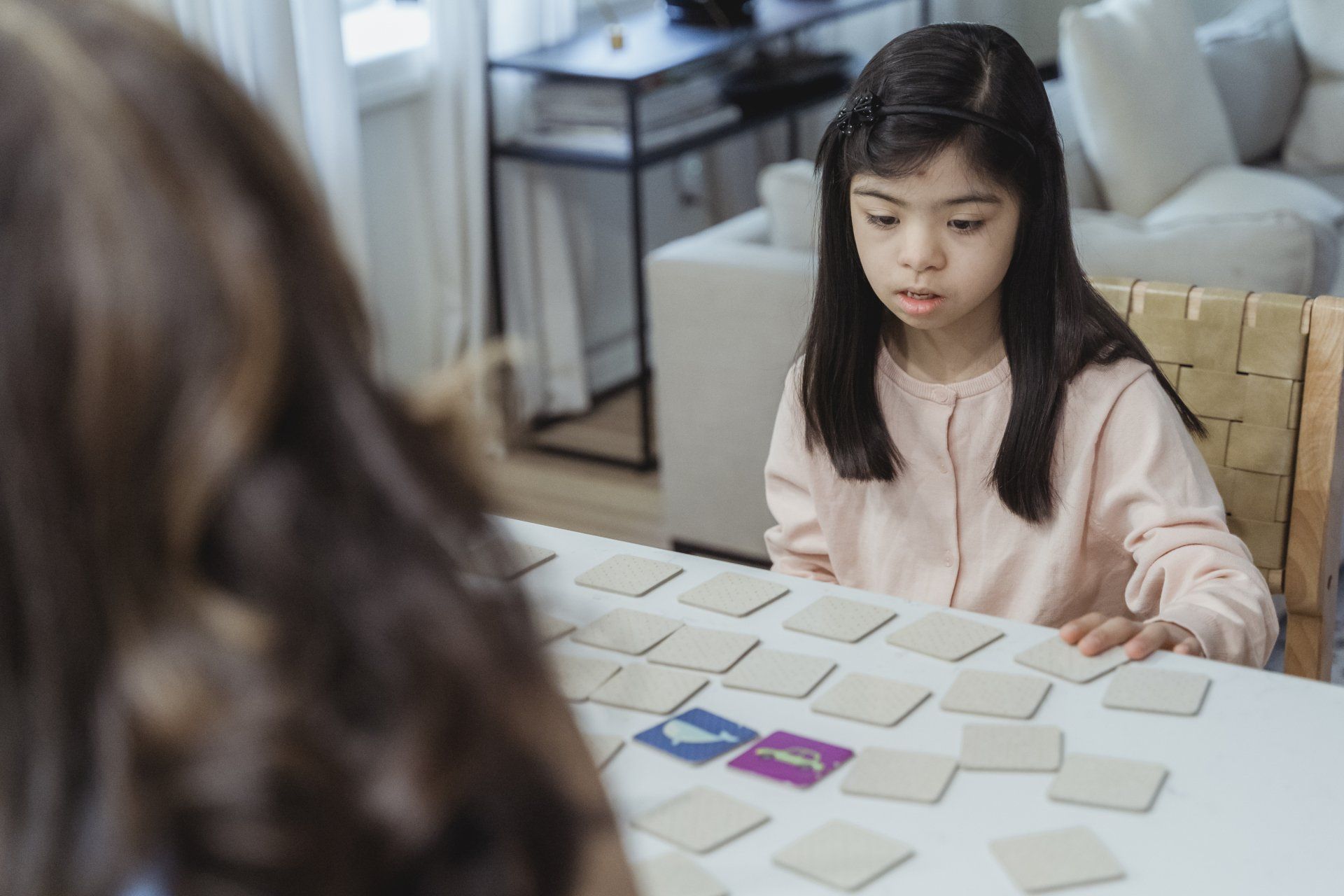How to Establish Instructional Control and Motivation in Session
Our goal is to make learning fun and reduce the need for escape/avoidant behavior!

In order for a Board Certified Behavior Analyst (BCBA®) or a therapist to effectively teach a learner new skills and behaviors, they need to establish instructional control with the individual. This means that the person must be willing to follow the therapist's instructions and engage in learning activities with them. Some prefer the term Instructional Motivation as opposed to "control" to ensure the client is at the forefront of our practice. Here are some strategies that an RBT (Registered Behavior Technician®) can use to gain instructional control and motivation with a learner in session:
- Build rapport: It's important to spend time building a positive relationship with the individual by engaging in activities they enjoy and showing interest in their interests. This can help the person feel comfortable and more willing to engage in learning activities.
- Use positive reinforcement: Positive reinforcement can be a powerful tool to increase the likelihood that a learner will engage in a behavior. Providing praise, attention, and preferred items or activities as rewards for appropriate behavior can help establish a positive relationship between the therapist and the learner.
- Use clear and concise language: When giving instructions, use clear and concise language that is easy for the individual to understand. Avoid using long, complicated sentences or using language that may be confusing or unfamiliar to them.
- Use prompts: Prompts can be used to help the individual learn new skills and behaviors. This can include physical prompts (such as guiding the person's hand), verbal prompts (such as giving cues or reminders), or visual prompts (such as using pictures or diagrams).
- Break down tasks into small steps: When teaching a new skill, it's important to break it down into small, manageable steps. This can help prevent the individual from becoming overwhelmed and increase the likelihood that they will successfully learn the skill.
- Use differential reinforcement: Differential reinforcement involves reinforcing appropriate behaviors while ignoring or redirecting inappropriate behaviors. This can help teach the learner what behaviors are expected of them and increase the likelihood that they will engage in appropriate behavior in the future.
Establishing instructional control with a learner can be challenging, and there may be several barriers that can hinder the process. Here are some strategies to overcome common barriers to establishing instructional control:
- Address underlying behavior issues: If a learner is engaging in challenging behavior, it may be difficult to establish instructional control. In this case, it may be necessary to address the underlying behavior issues before focusing on teaching new skills. This may involve conducting a functional behavior assessment to determine the function of the challenging behavior and developing a behavior plan to address it.
- Build rapport and trust: Some learners may escape or avoid engaging in learning activities with a therapist if they do not trust or feel comfortable with them. Building rapport and trust can help overcome this barrier. This can involve spending time engaging in fun and enjoyable activities with the learner throughout the therapy session, providing ample reinforcement to pair the activity/instructor, and being patient and understanding of the their needs and preferences.
- Use positive reinforcement: If a learner is not motivated to engage in learning activities, positive reinforcement can be used to increase motivation. This may involve providing the learner with preferred items or activities as rewards for engaging in learning activities. At times, therapists may need to provide highly motivating reinforcers to help the learner sit with an activity/instructor even if they are not following any directions related to the activity. Once that is achieved and the learner is comfortable, the therapist can begin introducing some instructions.
- Modify the teaching environment: Some learners may be easily distracted or overstimulated by the therapy environment, which can make it difficult to establish instructional control. Modifying the environment to reduce distractions and sensory overload can help overcome this barrier.
- Individualize teaching strategies: Every person is unique, and what works for one learner may not work for another. It may be necessary to individualize teaching strategies to meet the specific needs and preferences of the individual. For example, some learners do not enjoy loud praise and instead prefer a quiet acknowledgment with a smile and pat on the back.
Overall, overcoming barriers to establishing instructional control requires a collaborative and flexible approach that takes into account the learner's individual needs and preferences. By addressing underlying behavior issues, building rapport and trust, using positive reinforcement, modifying the teaching environment, providing clear instructions, and individualizing teaching strategies, it is possible to establish instructional control and help clients acquire necessary skills. Remember that our clients are not in session to follow directions without question, they are there to learn skills to improve their quality of life. It is our responsibility to engage them and motivate them to participate in session.
Questions? Email us at admin@premierbhconsulting.com
Ready to talk? Book your Strategy Session Now









